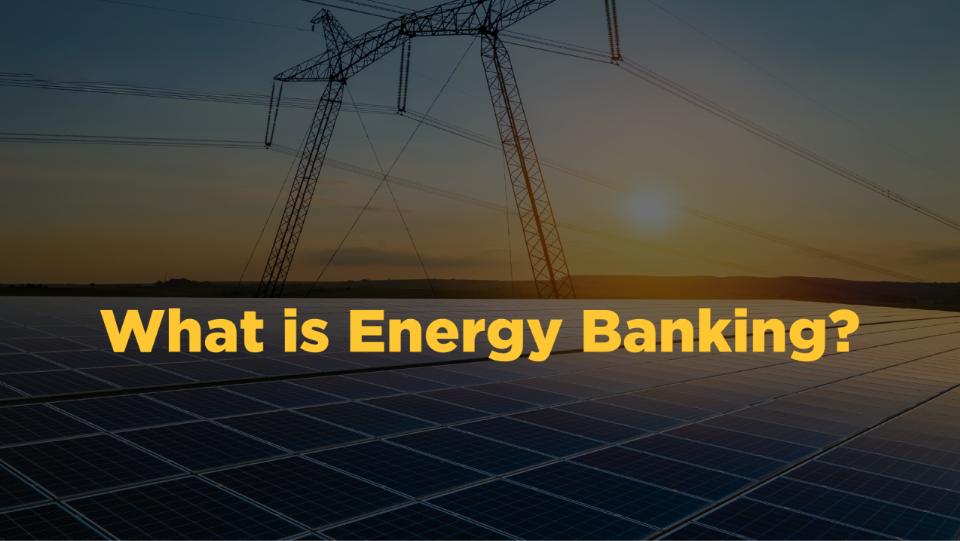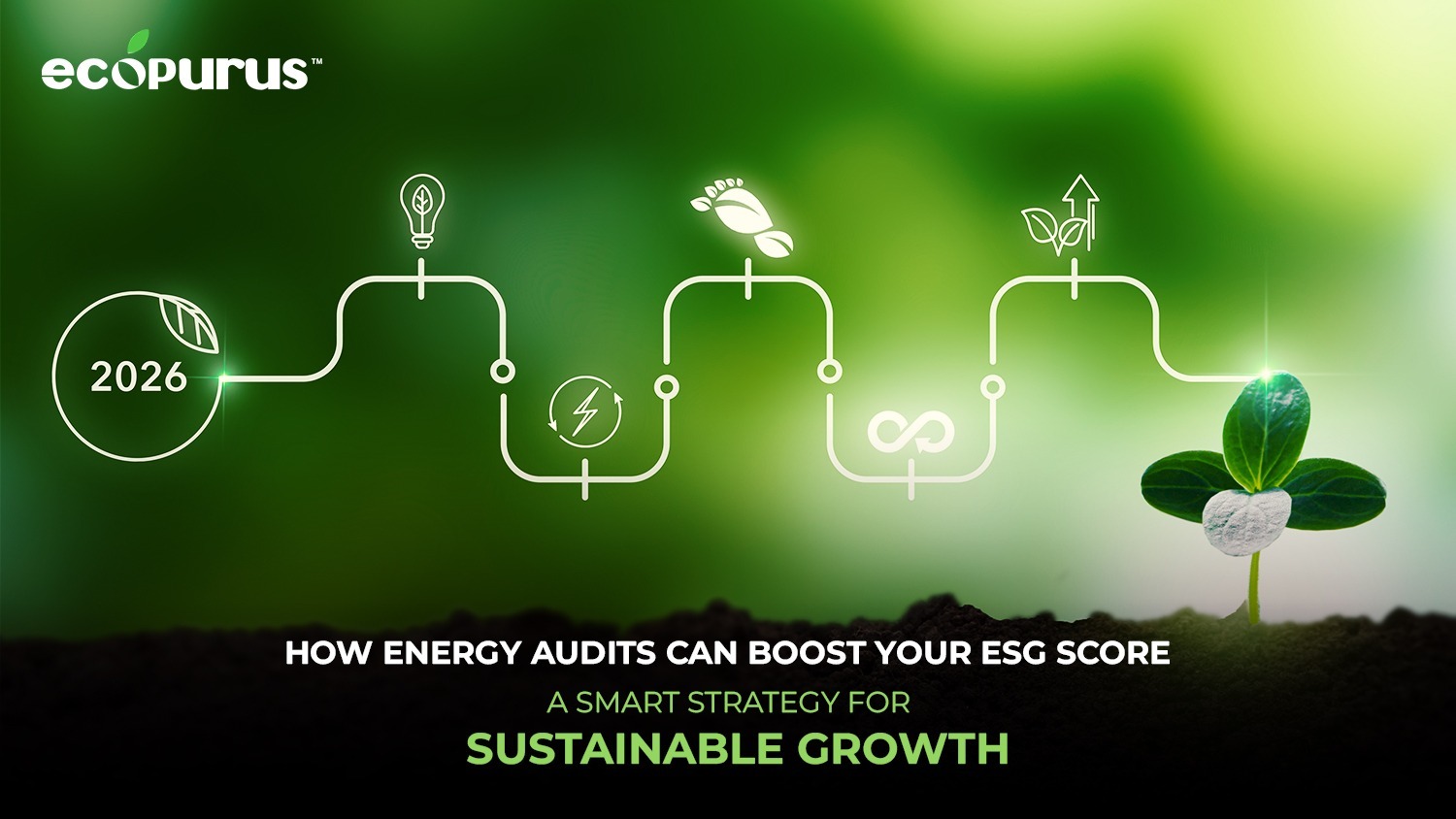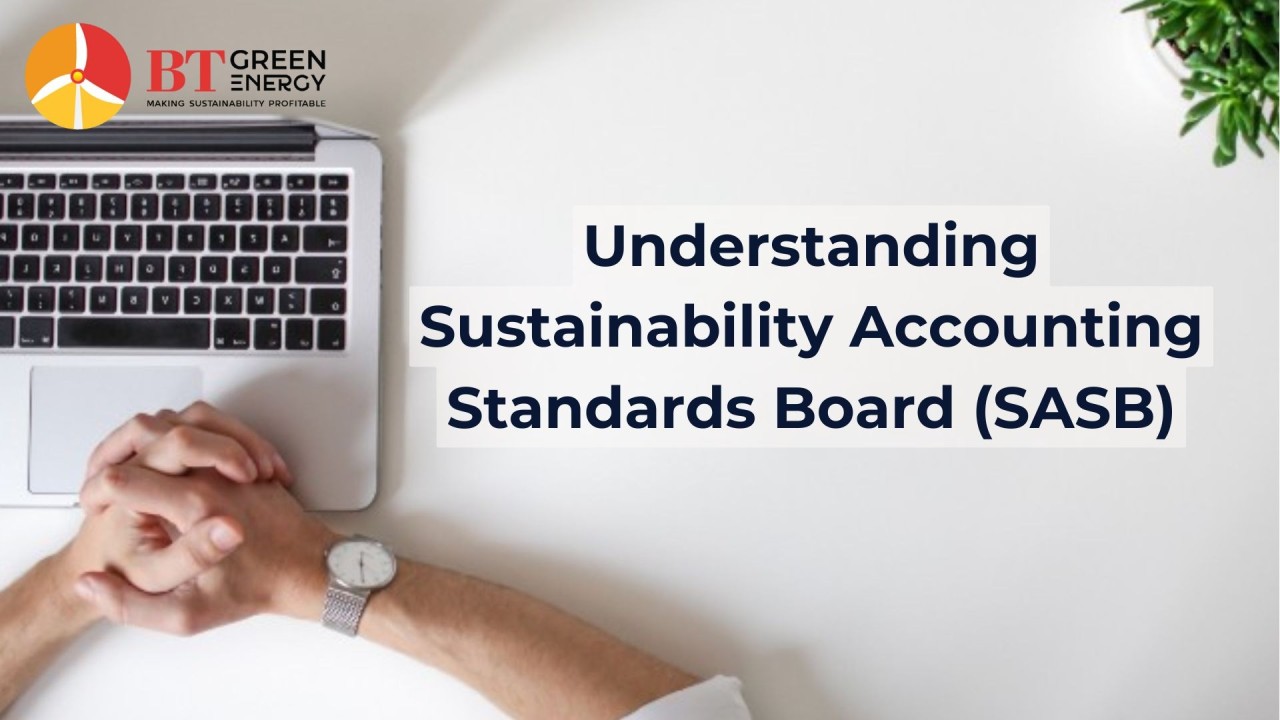
What is Energy Banking?
With the government’s push toward renewable energy and the increasing adoption of solar, wind, and other renewable energy sources, energy banking is becoming an attractive mechanism for companies looking to manage the intermittency of renewable energy while maintaining energy security.
This article delves into the intricacies of energy banking in India, its regulatory framework, operational models, and the potential benefits and challenges for renewable energy adopters.
Definition
Energy banking refers to a system where access electricity generated from renewable energy sources is injected into the grid, and this surplus energy, or banked energy can be drawn back from the grid when needed.
The primary purpose of energy banking for C&I ( commercial & industrial consumers) is to help them balance their energy needs with the variable nature of renewable energy, particularly solar and wind, which are dependent on weather conditions and time of day.
Energy banking allows companies to bank (store) excess energy when generation exceeds demand and withdraw it when needed, ensuring better management of energy consumption patterns.
The Regulatory Framework for Energy Banking in India
The regulatory landscape for energy banking in India is governed primarily by state electricity regulatory commissions (SERCs). These commissions define the terms and conditions for energy banking, including charges, banking periods, and settlement mechanisms.
The following are some of the key regulatory aspects of energy banking in India:
Banking Period: This is the time frame within which the energy generated and banked must be consumed. Typically, banking periods range from one month to one year, depending on the state’s policies. Some states allow annual banking, while others restrict it to a shorter duration. For example, Tamil Nadu and Karnataka allow annual banking, but with specific limitations.
Banking Charges: States often levy a banking charge as a percentage of the energy banked. This charge compensates the grid for holding the energy for future use. These charges vary from state to state and can either be charged on a per-unit basis or in kind as a % of units banked. They can range from 1 to 2 Rs per KWh or 2% to 12% of the banked energy. States like Gujarat have historically imposed lower banking charges, making them more attractive for renewable energy players.
Settlement of Banked Energy: The settlement of banked energy typically follows a “first-in-first-out” mechanism, where older energy units are consumed first. If the banked energy is not consumed within the stipulated period, it may lapse or be settled at a lower tariff. In some cases, excess banked energy can be sold to the grid at a pre-determined price.
Time-of-Day Considerations: Some states have introduced Time-of-Day (ToD) tariffs, where energy banked during off-peak hours can be withdrawn at peak times. This can provide additional financial benefits for companies, as they can bank energy when tariffs are low and withdraw it when tariffs are high.
Advantages of Energy Banking for C&I Customers
Energy banking offers several benefits for businesses looking to integrate renewable energy into their operations. These advantages include:
Energy Cost Savings: By banking energy during periods of excess generation and withdrawing it during high-tariff periods, companies can reduce their overall energy costs. Banking charges are often lower than the cost of purchasing power during peak times, making this a financially viable option for many businesses.
Grid Stability and Energy Security: Energy banking helps stabilise the grid by allowing companies to inject surplus renewable energy when it is available, reducing grid strain. Additionally, it provides businesses with a stable energy supply, even when their renewable energy systems are not generating enough power.
Flexibility in Energy Management: Companies can use energy banking to manage their energy consumption more flexibly. By storing excess energy for later use, businesses can optimise their operations and ensure they have access to clean energy when needed, without relying solely on the grid.
Key Considerations for C&I Sector
For businesses looking to leverage energy banking as part of their renewable energy strategy, several factors need to be considered:
State Regulations: Understanding the specific energy banking regulations in the state(s) where the company operates is crucial. This includes banking charges, periods, and settlement mechanisms.
Energy Demand Patterns: Businesses should analyse their energy consumption patterns & generation patterns of renewable power to determine when they are likely to have surplus energy to bank and when they will need to withdraw it. This will help optimise the financial benefits of energy banking.
Investment in Renewable Energy: Companies should assess the scalability of their renewable energy investments and whether they need additional capacity to fully utilise energy banking.
Long-Term Contracts: Engaging in long-term contracts with renewable energy providers or entering group captive agreements can provide more flexibility and stability in energy banking arrangements.
Challenges and Limitations of Energy Banking in India
While energy banking offers several benefits, there are also challenges that businesses need to consider:
State-Specific Regulations: The regulatory framework for energy banking varies significantly from state to state. Businesses operating in multiple states may face challenges in harmonising their energy banking strategies due to differing policies, charges, and settlement periods.
Banking Charges and Losses: High banking charges in some states can reduce the financial viability of energy banking. Additionally, energy losses incurred during transmission and distribution may further erode the benefits of banking.
Limited Banking Periods: In states with shorter banking periods, companies may find it difficult to fully utilise their banked energy, leading to financial losses if the energy lapses before it is consumed.
State-Level Reluctance to Support Energy Banking
Many renewable energy-rich states, such as Gujarat, Maharashtra, and Uttar Pradesh, have significantly curtailed their banking facilities. This shift poses a serious challenge for businesses relying on energy banking to manage the intermittency of renewable sources like solar and wind.
The reluctance of states to provide energy banking facilities is largely driven by concerns over the financial viability of distribution companies (DISCOMs). When energy is banked during periods of low demand, such as during the monsoon season for wind energy, discoms are often forced to curtail low-cost thermal generation. However, when that energy is withdrawn during periods of high demand, like the peak summer months, discoms are compelled to procure expensive power from the spot market, significantly impacting their finances.
Discoms argue that this unit-to-unit adjustment for banked energy is unsustainable, particularly given the rising share of renewable energy in the grid. They have also raised concerns about renewable energy developers banking excess energy beyond their actual consumption needs, further straining the system 
Conclusion
Energy banking is a powerful tool for businesses in India to enhance their renewable energy strategy and reduce energy costs. With the right understanding of state-specific regulations, operational models, and careful planning, energy banking can enable companies to optimise the use of renewable energy while contributing to India’s clean energy transition.
Post a comment Cancel reply
Related Posts
How Energy Audits Can Boost Your ESG Score: A Smart Strategy for Sustainable Growth
How Energy Audits Can Boost Your ESG Score: A Smart Strategy for Sustainable Growth In…
How Eco Check Empowers Businesses To Reduce Emissions
How Eco Check Empowers Businesses To Reduce Emissions In today’s business landscape, climate responsibility is…
New SEBI ESG Debt Guidelines Raise the Bar—But Do Mid-Sized Companies Have a Ladder?
New SEBI ESG Debt Guidelines Raise the Bar—But Do Mid-Sized Companies Have a Ladder? SEBI’s…
Ecopurus Certification: Why It Matters And How To Achieve It
As people talk more about climate change and protecting the environment, businesses are expected to…











